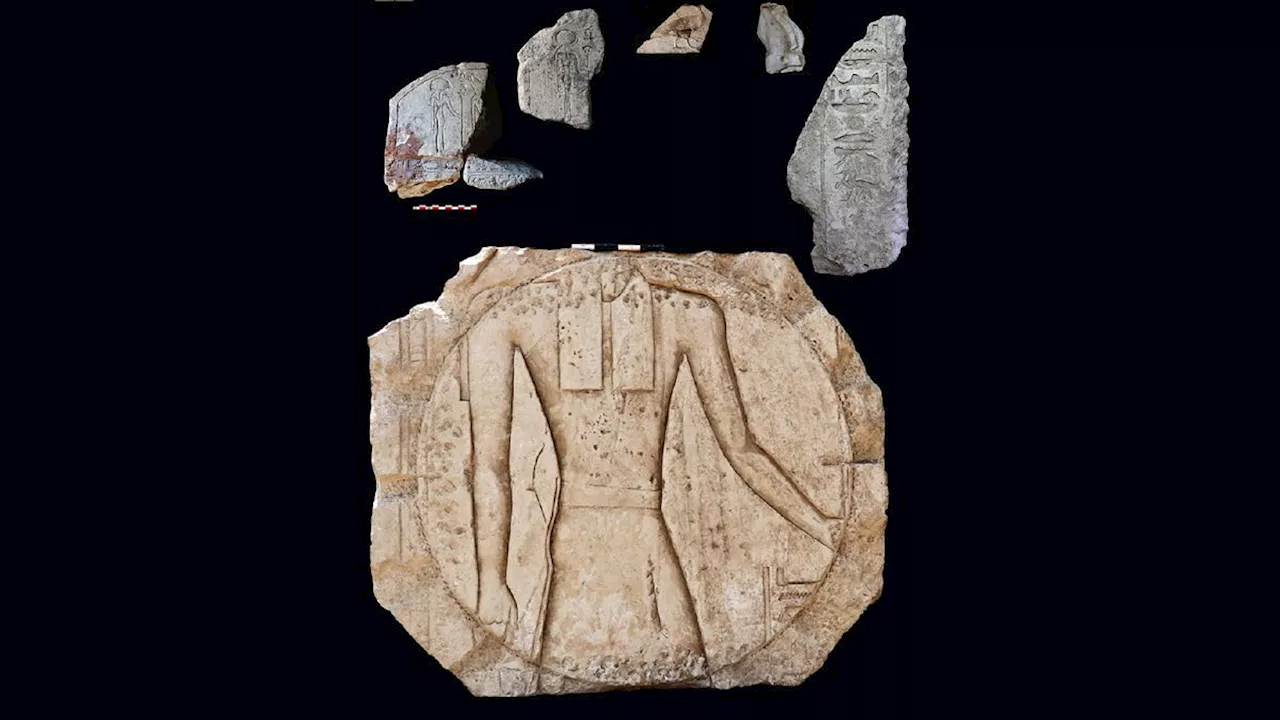Reham Atya holds a Ph.D. in Physical Chemistry and is a scientific writer and translator dedicated to making complex science accessible. Her work has appeared in various scientific journals and cultural platforms like Aljazeera.net.
Archaeologists have identified the first ancient Egyptian astronomical observatory on record, which they say is the"first and largest" of its kind, according to a translated statement from the country's Ministry of Tourism and Antiquities.
The team uncovered the ruins of an L-shaped mud-brick building spanning over 9,150 square feet . Its east-facing entrance, marked by a traditional gateway known as a pylon, leads to a spot where sunlight would have illuminated where the sky observer — known as 'smn pe' and who was usually a priest — stood to track the sun and stars, Ghonim said.
By submitting your information you agree to the Terms & Conditions and Privacy Policy and are aged 16 or over."Along the hall's northern side, we discovered a slanted stone sundial — a sun shadow clock that used the shifting angles of the sun's shadows to determine sunrise, noon and sunset — a simple yet profound method," said Ghonim, who noted that, initially, archaeologists thought the clock was a temple gate.
"The ancient Egyptians envisioned the Earth and sky as two mats," Ghonim said."They mapped the sky on the 'Themet Hrt' — the sky mat — and the 'Themet Ghrt,' or Earth mat, represented their calendar, marking events like the Nile flood and harvest. This is the first inscribed stone mat of its kind ever discovered."
United States Latest News, United States Headlines
Similar News:You can also read news stories similar to this one that we have collected from other news sources.
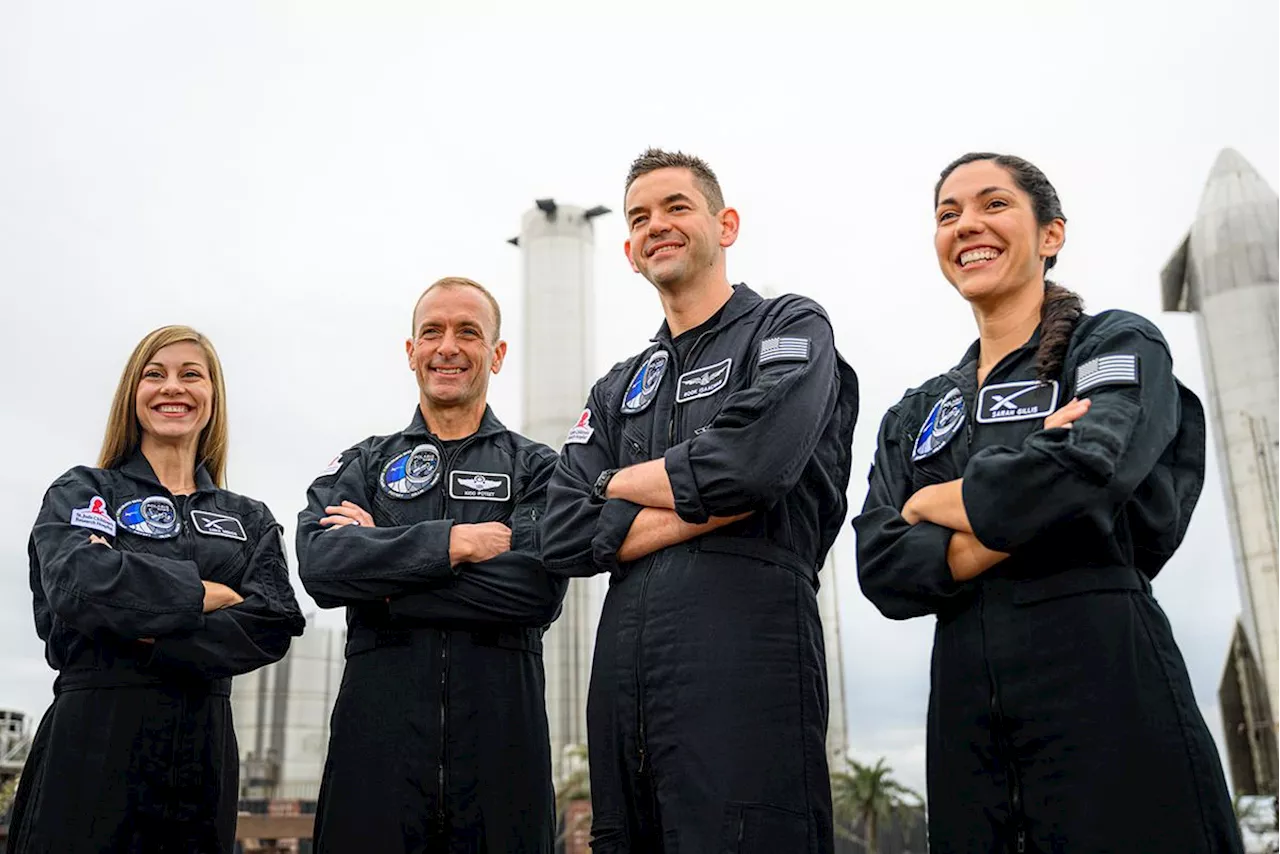 Polaris Dawn: Everything you need to know about the 1st mission of the Polaris ProgramElizabeth Howell (she/her), Ph.D., is a staff writer in the spaceflight channel since 2022 covering diversity, education and gaming as well. She was contributing writer for Space.com for 10 years before joining full-time.
Polaris Dawn: Everything you need to know about the 1st mission of the Polaris ProgramElizabeth Howell (she/her), Ph.D., is a staff writer in the spaceflight channel since 2022 covering diversity, education and gaming as well. She was contributing writer for Space.com for 10 years before joining full-time.
Read more »
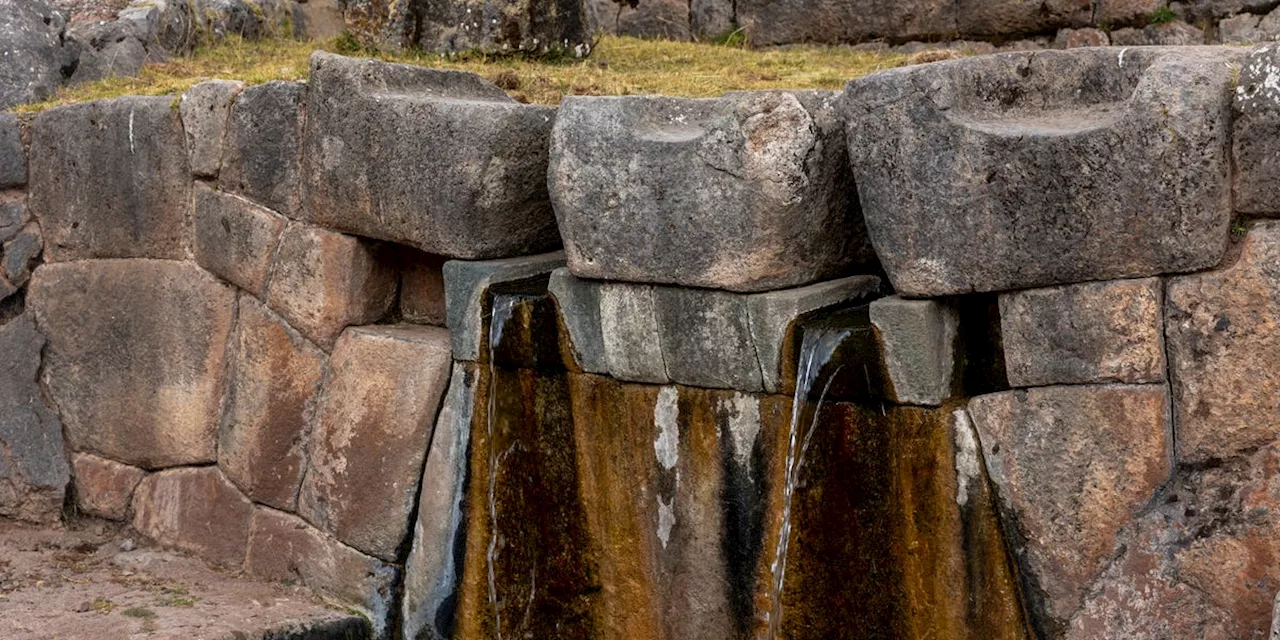 Archaeologists Found 3,800-Year-Old Ruins That Unveil a Forgotten Water CultArchaeologists found four skeletal remains at an ancient Peru burial site, all laid facing the mountains, the source of water for the region.
Archaeologists Found 3,800-Year-Old Ruins That Unveil a Forgotten Water CultArchaeologists found four skeletal remains at an ancient Peru burial site, all laid facing the mountains, the source of water for the region.
Read more »
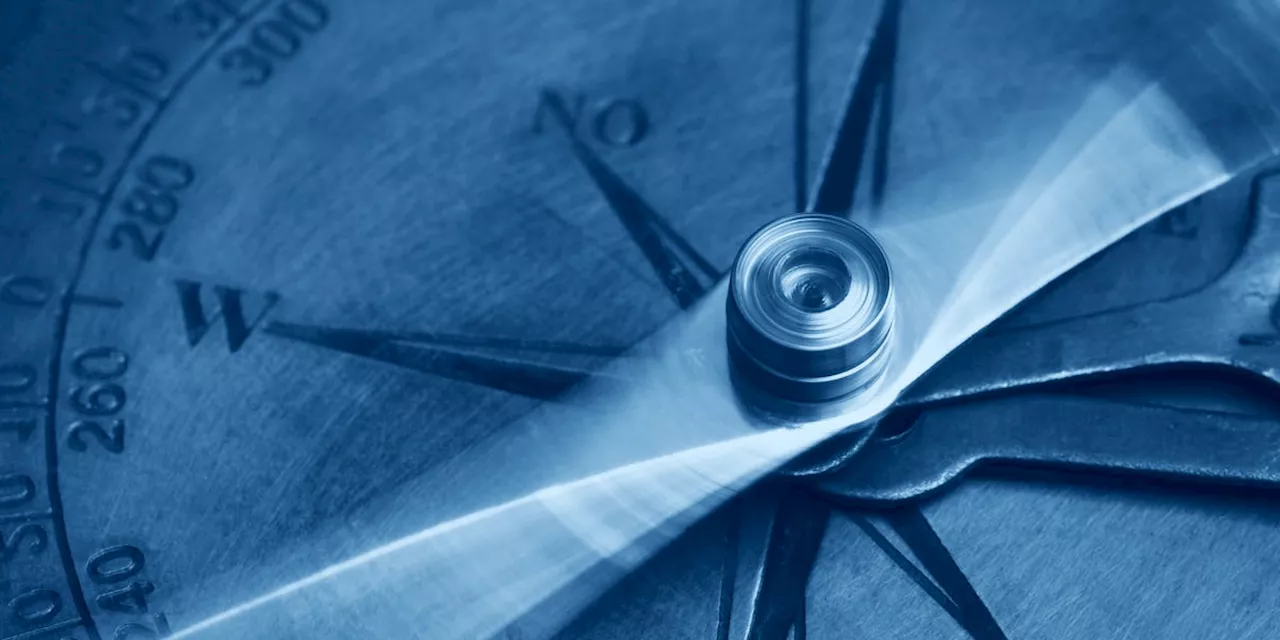 Archaeologists Found a 500-Year-Old Compass—It Turns Out It May Have Belonged to CopernicusTrailer for Membership Shop Pages
Archaeologists Found a 500-Year-Old Compass—It Turns Out It May Have Belonged to CopernicusTrailer for Membership Shop Pages
Read more »
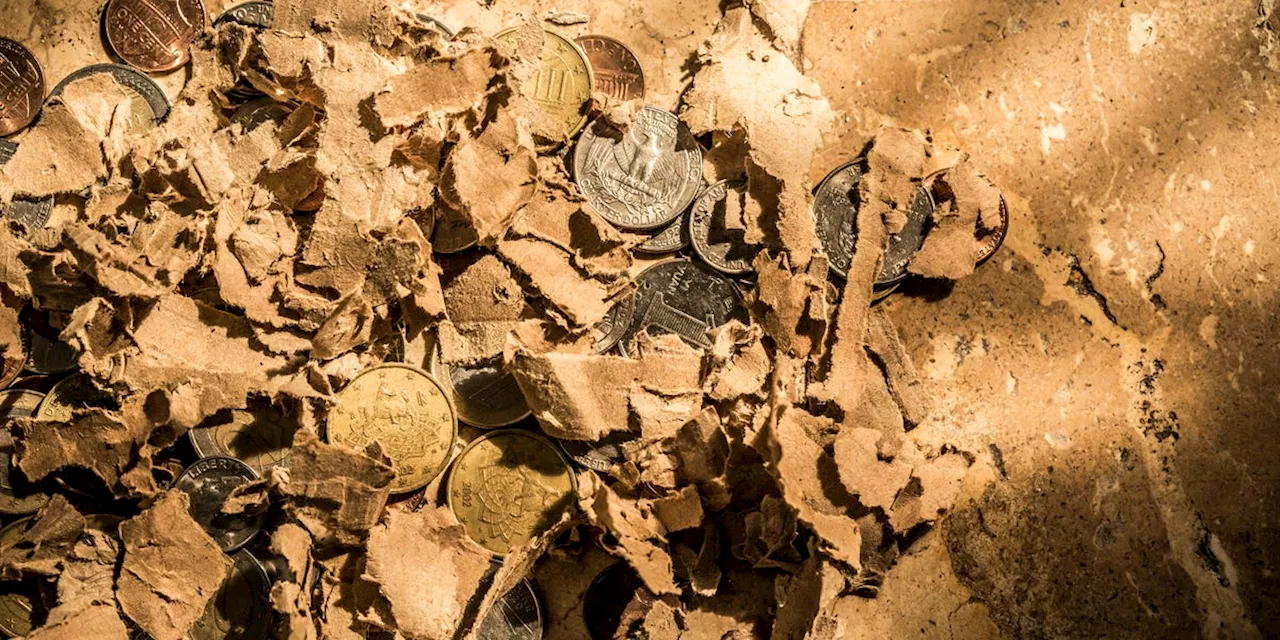 Archaeologists Found a Secret Stash of Gold Coins That Rewrite the History of WarAncient gold coins found in Turkey reveal Persian-Greek conflict, suggesting mercenary payments and rewriting the history of ancient warfare.
Archaeologists Found a Secret Stash of Gold Coins That Rewrite the History of WarAncient gold coins found in Turkey reveal Persian-Greek conflict, suggesting mercenary payments and rewriting the history of ancient warfare.
Read more »
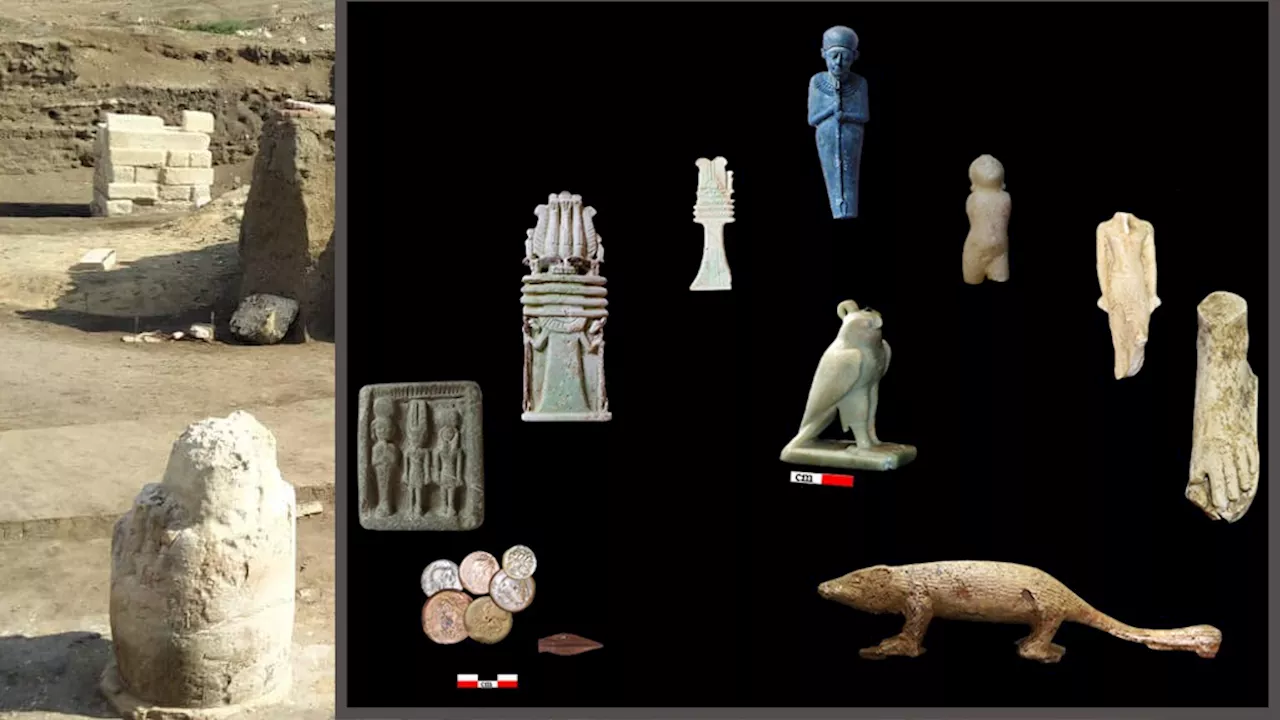 Archaeologists find huge, 2,500-year-old Egyptian astronomy observatoryElizabeth Howell (she/her), Ph.D., is a staff writer in the spaceflight channel since 2022 covering diversity, education and gaming as well. She was contributing writer for Space.com for 10 years before joining full-time.
Archaeologists find huge, 2,500-year-old Egyptian astronomy observatoryElizabeth Howell (she/her), Ph.D., is a staff writer in the spaceflight channel since 2022 covering diversity, education and gaming as well. She was contributing writer for Space.com for 10 years before joining full-time.
Read more »
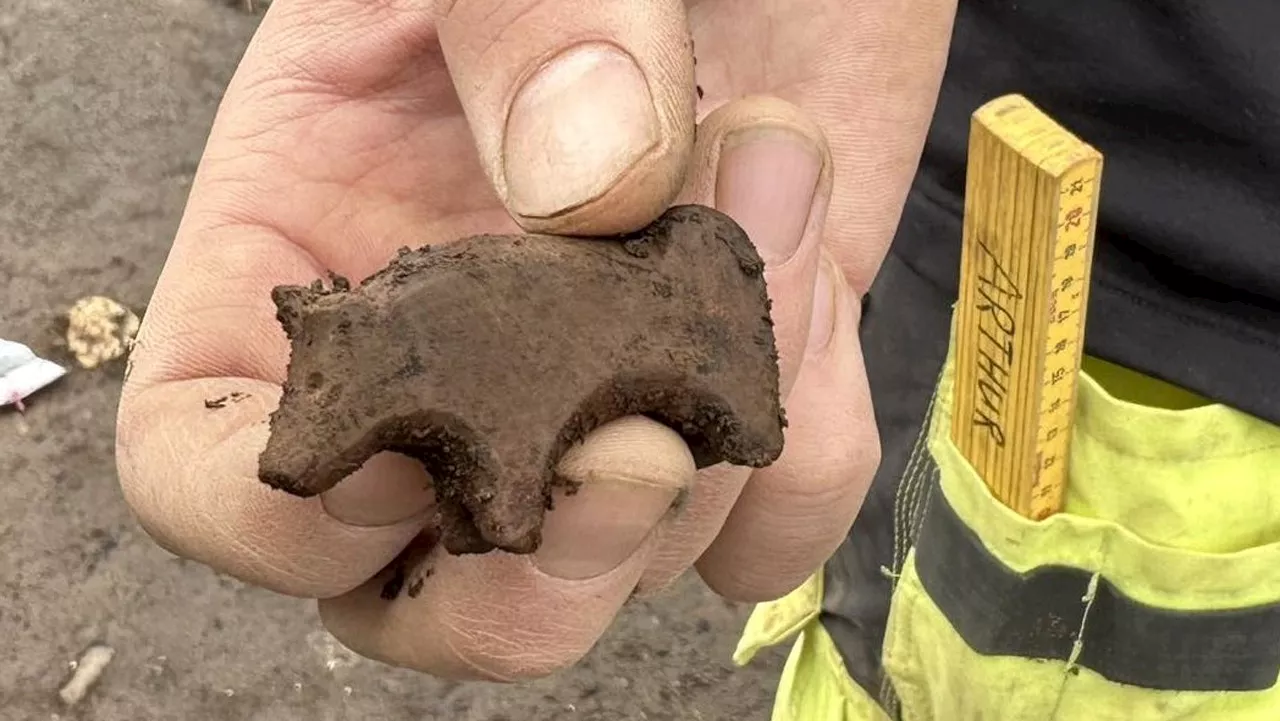 Archaeologists unearth ancient toy in Iceland, disagree on animal figurine’s classificationIn Iceland, a small toy dating to the Viking Age was uncovered by archaeologists. It is one of over 100 similar gaming pieces that have been found during excavation.
Archaeologists unearth ancient toy in Iceland, disagree on animal figurine’s classificationIn Iceland, a small toy dating to the Viking Age was uncovered by archaeologists. It is one of over 100 similar gaming pieces that have been found during excavation.
Read more »
